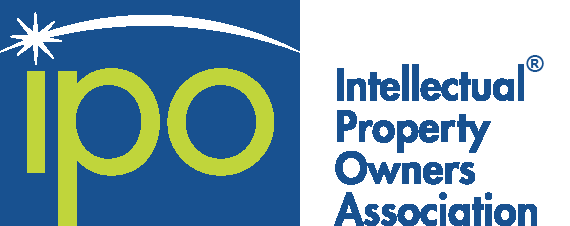Restriction requirement practice has assumed a new importance since the Federal Circuit decision in Gilead v. Natco three years ago, which found that a later-issuing but earlier-expiring patent could serve as an obviousness-type double patenting (OTDP) reference. A restriction requirement lets a patent examiner categorize a patent application as containing multiple inventions and then restrict examination to just a “single” invention. Our panelists — an expert from the USPTO’s Office of Patent Legal Administration and two veteran and savvy patent prosecutors — will analyze the opportunities and pitfalls for patent prosecutors raised by restriction requirements, discussing such topics as:
- After a restriction requirement, how can a patent applicant make sure that the subsequent application falls into the section 121 “safe harbor,” while also garnering the longest protection through patent term adjustment?;
- What does it mean for claims in a new application to be “consonant” with those withdrawn from the earlier case?;
- The new amendment to the Manual of Patent Examining Procedure that describes when a terminal disclaimer can be withdrawn; and
- Lessons learned from cases such as Hagenbuch v. Sonrai (E.D. Ill. 2016) on the potential danger of filing an ill-worded terminal disclaimer, and Janssen v. Celltrion (D. Mass. 2016) on serious consequences from filing a continuation instead of a divisional.
Speakers:
- Kathleen Fonda, USPTO
- Jeffrey Hohenshell, Medtronic, Inc.
- Kevin Noonan, McDonnell Hulbert Berghoff & Boehnen LLP


